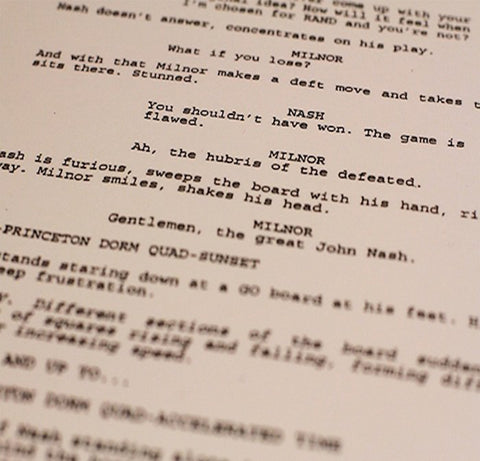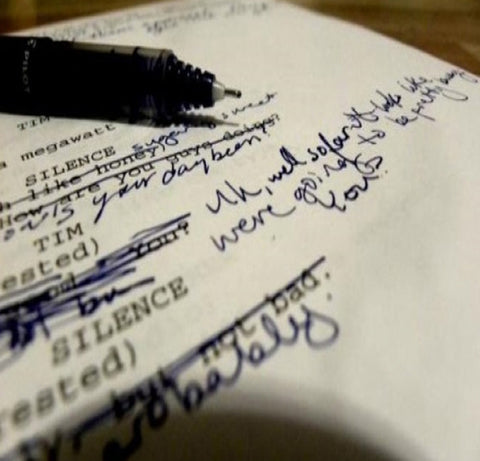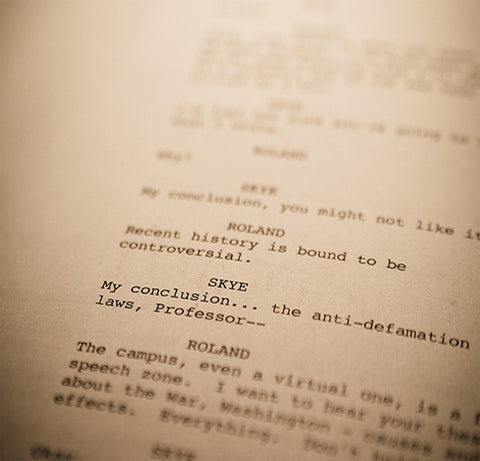
THE WHOLE BREVITY THING
The short version: screenplays read best when they are lean and mean.
The longer version… The standard length of screenplays used to be 120-ppg. It has been a long time since that has been the case; decades, in fact. It isn’t against the law or anything to write a 120-ppg screenplay, but we have to ask if there is a 90-ppg version of the same story to be told.
If the project is something like an adaptation of a novel, it’s fine to go long. But if we’re looking at a spec script, then it’s best to lean toward a faster read. Some genres (action, comedy, horror) tend toward the shorter end of the spectrum. A 90-ppg horror spec is right on the money. A 135-ppg horror spec could probably use trims before it goes out the door.
In terms of the actual writing itself, older-school screenwriting used to be much more dense and detailed. And again, it’s fine to get dense if the situation warrants; and established writer working on something they intend to direct themselves can be as dense as whatever.
But when it specifically comes to a spec script, it’s better to aim for an efficient approach that works to do more with less, breaks on action, maximizes neutral space, and writes down the page. Keep paragraphs slender, and look for ways to turn a paragraph into a line, a line into a word. We want to keep those pages turning. A 90-ish-ppg spec that can be read in under an hour is the bullseye.
Brevity also applies to the marketing of the script itself. I’ve known writers who claimed to be absolutely incapable of writing a logline for their script. How is it possible, they’d say, to reflect all of the storylines and characters and concepts and themes into a single sentence? Well – it is possible.
One basic logline formula is “TITLE is a genre/paradigm about a protagonist who gets into X situation, only to have Y unexpected thing happen so they have to do Z.”
So by way of example: “DIE HARD is an action-thriller about a cop to flies to LA to attend a corporate Christmas party with his estranged wife, but when terrorists take over the building he has to take them on by himself to stop them.”
Even the above is a little loose, but you get the idea. Note that while it’s kind of a long sentence, it’s still a sentence. I’ve seen “loglines” that are log-paragraphs. It’s called a logline for a reason: it’s a short, punchy pitch that gives an idea of what movie is about. It isn’t meant to be a short synopsis.
Screenwriting works best when it reflects the cinematic medium it’s describing. In film, one powerful image tells the audience more, and affects them more deeply, than pages of talky-talk expositional dialogue. That’s what we’re looking for on the page: short, clear, strong lines that paint powerful images in the reader’s mind.




